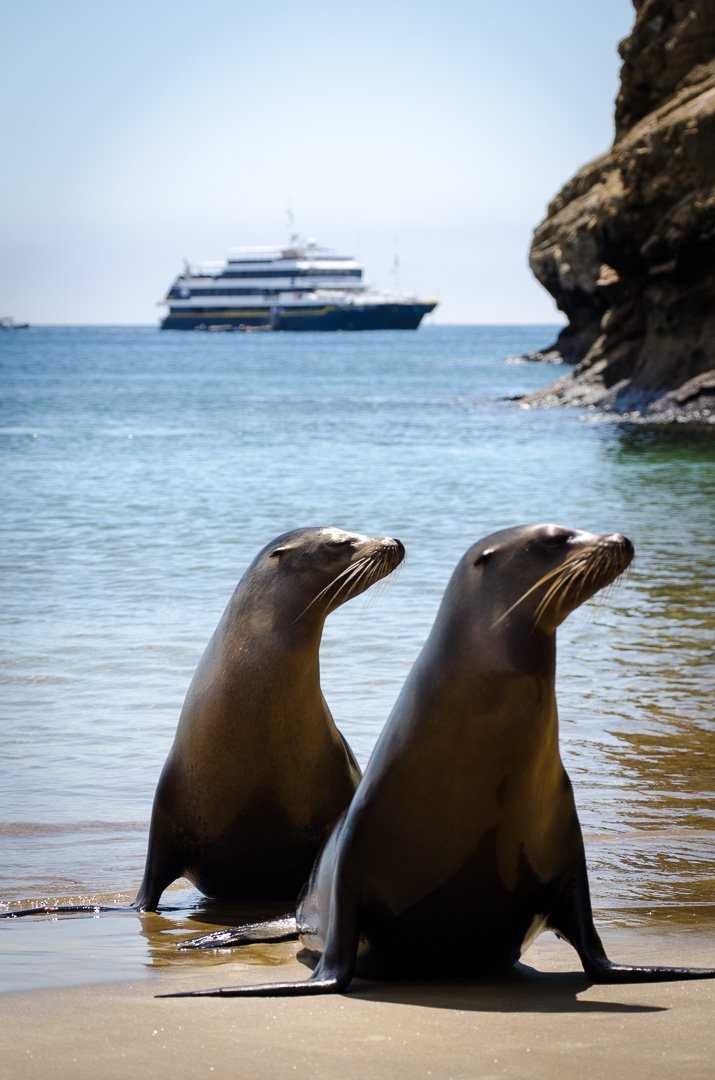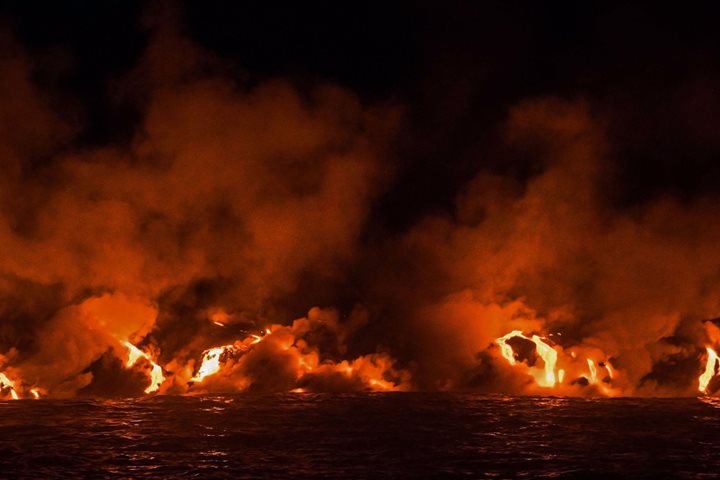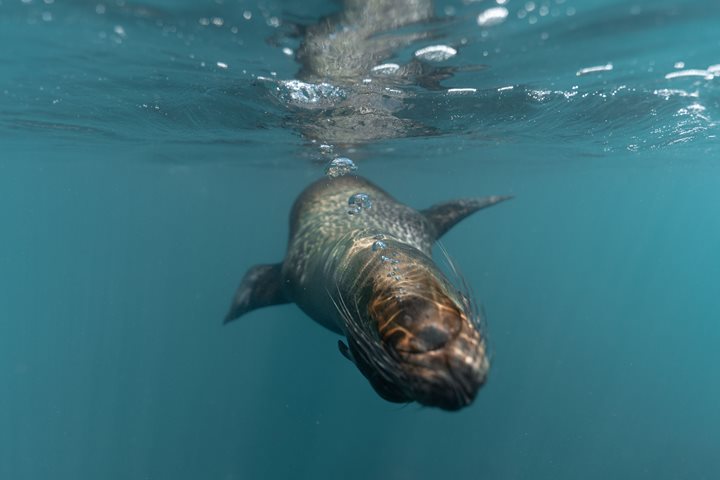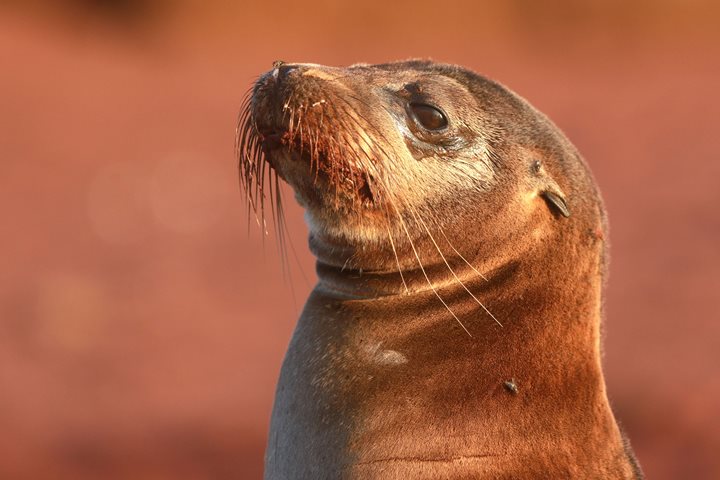As our expedition draws to an end and after the excitement of having experienced the Galapagos giant tortoises in the highlands of Santa Cruz Island, we left Academy Bay late last night and sailed east accumulating some 65 nautical miles on our way to Punta Pitt on San Cristobal Island.
Punta Pitt is the most eastern land mass of San Cristobal Island and of the whole Galapagos archipelago. It is a somewhat barren, heavily eroded tuff cone with most of its shoreline made out of steep cliffs carved out by the surf and swell produced by the south eastern trade winds which push the Humboldt current along the west coast of South America.
Being closest to the South American west coast it’s no surprise that it was one of the first areas to be explored by the first visitors to this remote archipelago. The legacy of those first visits lives on in the name of Punta Pitt and nearby lying Pitt Islet. The point, the islet and the whole main island were originally named after one of the sponsors of exploration at this latitudes of the Pacific Ocean, an English expansionist by the name of William Pitt, Earl of Chatham. All of San Cristobal Island was officially known as Chatham Island until the name was changed by the Ecuadorian Congress in 1892 to its modern name.
This morning after breakfast we explored the coastline and some of our guests landed on a light brown/green beach in a protected cove on the northern side. As we prepared for an invigorating hike Galapagos sea lions basked in the early morning sun. While climbing up through a ravine to an altitude of some 150 feet we had our first chance of seeing a species of mockingbird and a lava lizard which are endemic to San Cristobal. The climb seemed totally worth it thanks to the fact that this was the only place during our expedition where we got to see Nazca, Blue Footed and Red Footed Boobies all in one place. The last two of which were nesting and often right next to the path.
After meeting up with everybody at the landing beach we admired the glittering olivine/peridot sand that gave the impression that a truckload of glitter had been accidentally dumped on the beach. As the morning sun climbed closer to the zenith we explored the underwater world both from the beach and in deeper waters from our Zodiacs while swimming and snorkeling. Although beautiful, the clear water and the plethora of different fish could not compete with the charismatic sea lion pups. They amazed and, quite frankly, surprised if not scared more than one with their barrel rolls and close passes while they made us ask ourselves, “Who is here to watch who?”
After returning to the National Geographic Islander we sailed southwest along the northern shores of San Cristobal Island for our last visit of the day, Cerro Brujo which has arguably one of the most stunning beaches of the Galapagos archipelago.
After landing at a smaller beach in a shallow cove next to the tuff cone, we hiked a short distance across an old lava flow to an amazing coralline white powdery sand beach surrounded by waters which came in a myriad of different shades of blue and turquoise. Here we dispersed to take in the stunning scenery at our own pace as we walked down the floury sand bay. The Galapagos Sea Lions basked in the sun and seabirds like brown pelicans and blue footed boobies furiously dove in the shallows for a late afternoon foraging while the sun drew ever closer to the western horizon.
We returned to our ship with last light knowing that there could not have been a better place to spend our last afternoon here in this magical place!







